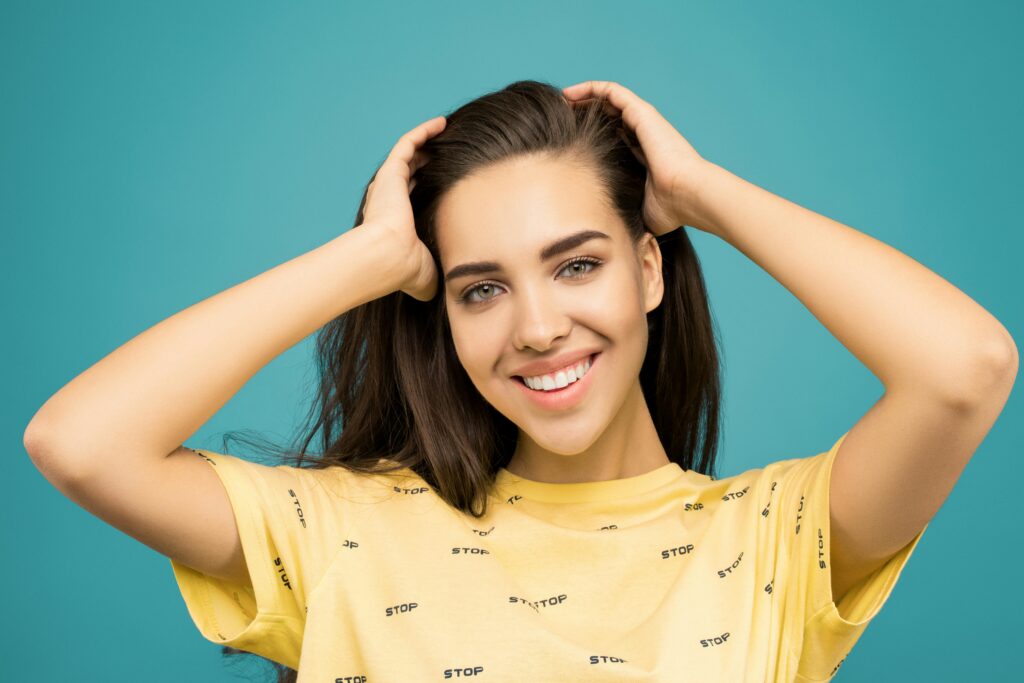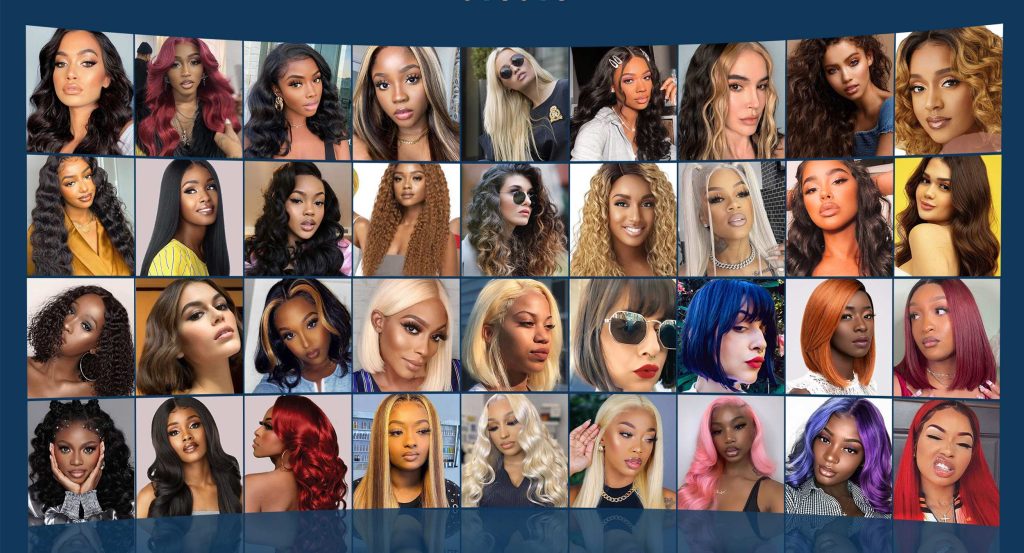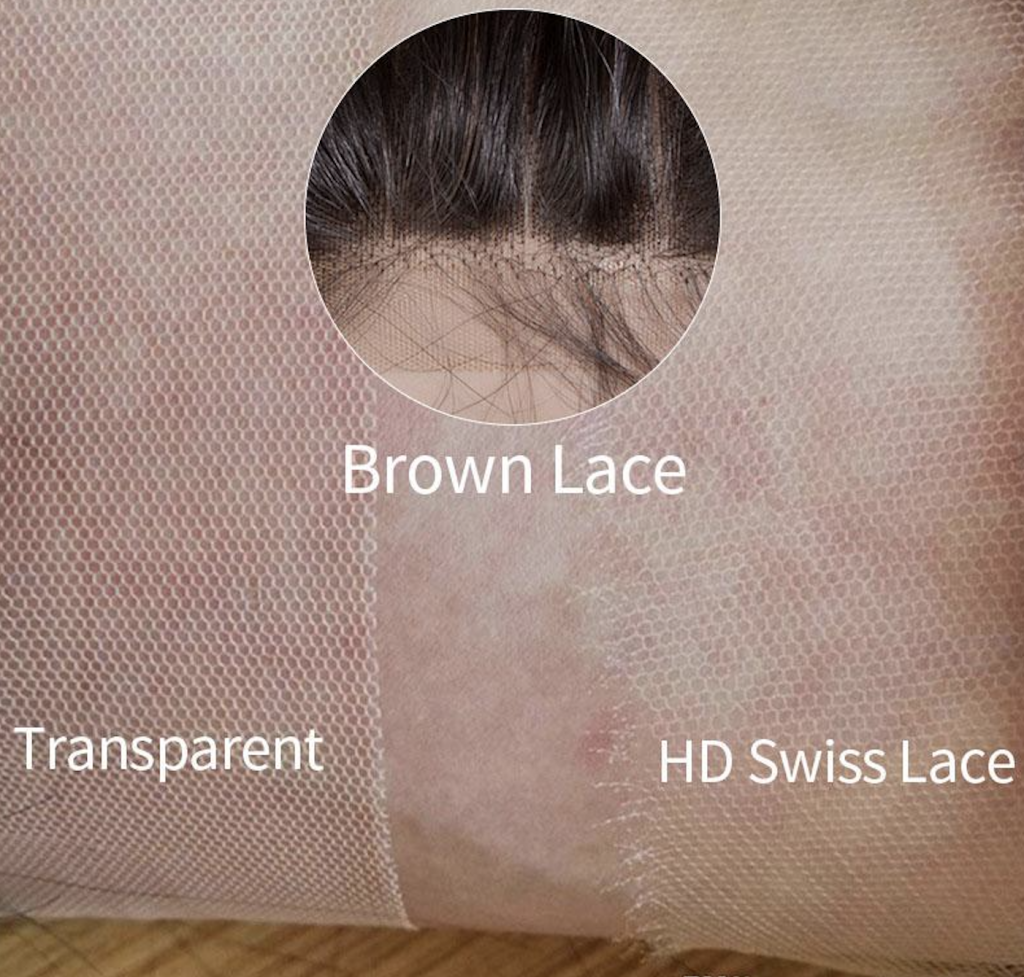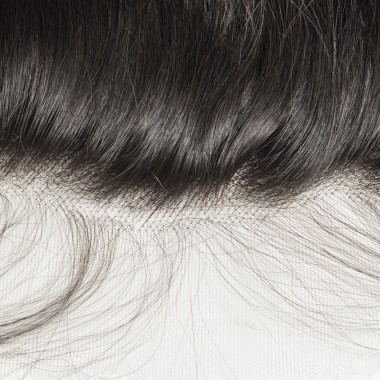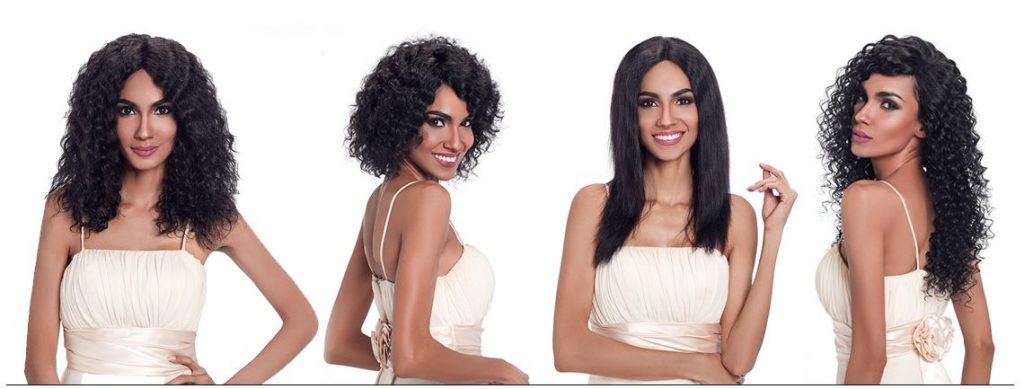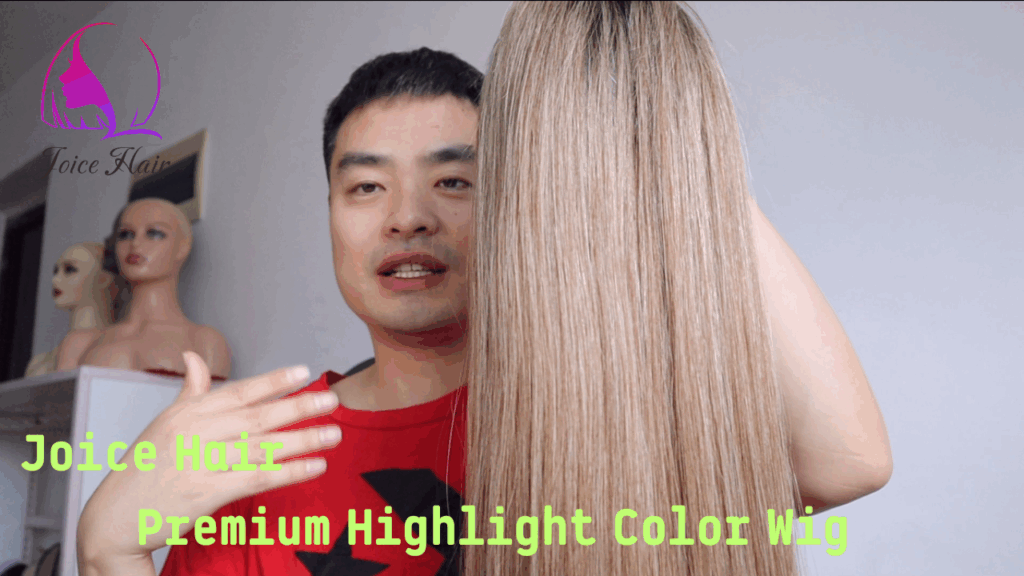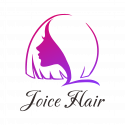Imagine this: you just washed your beautiful extensions of human hair — they’re soft, they smell incredible, and now you’re standing there with a towel, caught in a Blow-Dry vs. Air-Dry mind war, thinking: “Should I dry my extensions of human hair or let them air dry?”
If you have ever felt divided by the two, you are not alone. It is not just about convenience: the drying method you choose can affect how much its extensions last, how healthy they look, and how easily you can style it. So, let’s jump in the great debate of dry hair extensions with dry air and discover the safest and most friendly approach for extensions for you.
What You’ll Learn in This Article
- Why Is the Method of Drying Hair Extensions Important?
- Blow-dry Pros & Cons
- Air-dry Pros & Cons
- Which Method Wins
- My Personal Take (mixing Both)
- Quick Dos & Don’ts
- Psychology Behind The Choice
- Why Joice Hair Makes It Easier
Key Takeaways
- Both air-drying and blow-drying can be safe — it’s about how you do them, not just which one you pick.
- Air-drying is gentler and heat-free, while blow-drying keeps moisture from lingering in tapes or bonds.
- A mix of both methods often works best: air-dry most of the way, then finish with a quick blow-dry.
- Always use a heat protectant if you blow-dry your extensions.
- Sleeping with damp hair is a no-go for all extension types.
Why Is the Method of Drying Hair Extensions Important?
Even though human hair extensions can be seen and feel like our own hair, there’s a big difference: they no longer obtain natural oils from their scalp. Without those oils, extensions are more prone to dryness and damage, especially if they are not dried correctly.
Think of them like a silk dress: you would not leave it crumbled in a wet pile after washing, right? The same goes for their extensions: humidity/moisture trapped in the wefts, bonds or tapes can weaken them and cause problems such as matting or even slipping out.
Now, let’s examine the blow-drying and air-drying methods to understand their pros and cons in depth.
Blow-Dry: The Pros, Cons, And The Truth
The Pros:
Blow-drying hair extensions accelerates the drying process and prevents moisture from sitting in tapes and bonds for too long. This is especially useful for tape-in extensions, where wet adhesive can lose grip faster.
Blow-drying also helps establish your style immediately. Do you want that soft, bouncy, and salon-ready look? Blow-drying gives you that control.
The Cons:
Here is the thing: heat is like chocolate cake, incredible in moderation, but too much can cause problems. Excessive heat exposure can dry the hair cuticle, which leads to frizz, split ends, and that dreaded texture similar to straw. And since the extensions cannot repair themselves like natural hair does by taking nutrients and oils from the scalp, the damage adheres until they are replaced.
Stylistic advice for blow-drying clip-ins: If you are in a hurry, you can dry them, but always use a heat protective spray and keep the dryer on a low to medium setting. Point the airflow down the hair to keep it soft.
Air-Dry: The Pros, Cons And The Truth
The Pros
Letting your hair extensions dry naturally, or air-dry, is the most gentle and safe drying method that experts recommend for every type of hair extension. It’s free, it’s easy, and it keeps the side effects of heat damage completely out of the picture.
For air-drying tape-in extensions, the benefits go beyond avoiding heat. The air drying gives time to your hair to settle naturally, so you will often get that soft texture, effortlessly, and boho wave without additional hairstyle tools.
The Cons:
The air drying is not perfect. If your hair remains wet for too long, especially close to roots or bonds, you create a space for bacteria to thrive and cause itching, not the vibe we want. In addition, if you have thicker extensions, air drying can take hours, and you can end up with an uneven texture or flat roots.
So… Which Method Wins?
It’s not as black-and-white as “one is good, the other is bad.” The real answer? It depends on your lifestyle, hair type, and extension method.
Here’s a quick breakdown:
| Drying Method | Best For | Caution |
| Blow-Dry | Thick hair, busy mornings, polished styles | Use low heat + heat protectant |
| Air-Dry | Fine hair, heat-free routines, natural textures | Avoid sleeping with damp hair |
My Personal Take on Blow-Dry Vs. Air-Dry (and how to mix both)
Personally, I am a fan of combining the two. I will gently dry my extensions, I will let the air dry around 70% to save them from excess heat, and then dry a quick blow to finish, especially around the bonds and roots. In this way, I get the best of both worlds: minimum heat damage, but there are no persistent wet spots on my hair.
Think about it as baking cookies: you let them place on the counter, but you give them a little oven time to make sure they are perfect.
Quick Dos and Don’ts for Drying Extensions
DO
- Always detangle before drying (start from the ends up).
- Use a microfiber towel to reduce frizz.
- Keep heat moving — don’t hover in one spot.
DON’T
- Twist or wring your extensions when wet.
- Use maximum heat daily.
- Sleep with damp hair — your bonds will not thank you.
Psychology Behind Choice: Blow-Dry Vs. Air-Dry
In beauty, we are often ready for what looks easy in the moment. The air-drying feels low-exertion, blowing and drying immediately seems beneficial. But when you think for a long time-and paint yourself after six months from now, still swishing silky extensions that look like new, the smarter choice is the one that protects your investment.
This is why many women adopt a “heat-smart” approach: when you can, air-dry, when you can blow-dry, and always protect your strands.
Why Joice Hair Makes It Easier
This is what I have noticed with my Joice hair extensions: they are made of premium human hair that handles both blow-drying and air-drying, as long as you take care of them. The cuticles remain aligned, so they do not puff up or tangle like a low quality hair extensions. It is the type of hair you can trust to keep up with your lifestyle, whether you hurry to work with a quick blow-dry session or let it let it air-dry on Sunday morning.
When you have invested in the hair this good, you naturally want to treat it well, and it rewards you by looking perfect day after day.
Final Words
When it comes to blow dry hair extensions vs air dry, the safest drying method for hair extensions is not about choosing a “winner”, it is about knowing how and when to use each one. Blow-drying can keep your bonds safe from excess moisture and gives a polished appearance, while air drying maintains your healthy and heat-free hair.
So, should you dry your human hair extensions? Sometimes, yes, especially if time is tight or if your bonds need protection. But embrace the drying method as long as you can, and your extensions will thank you for a longer life and lasting beauty.
In the end, their extensions are like their favorite heels: wear/use them smartly, take care of them, and they will carry you through countless good hair days.
